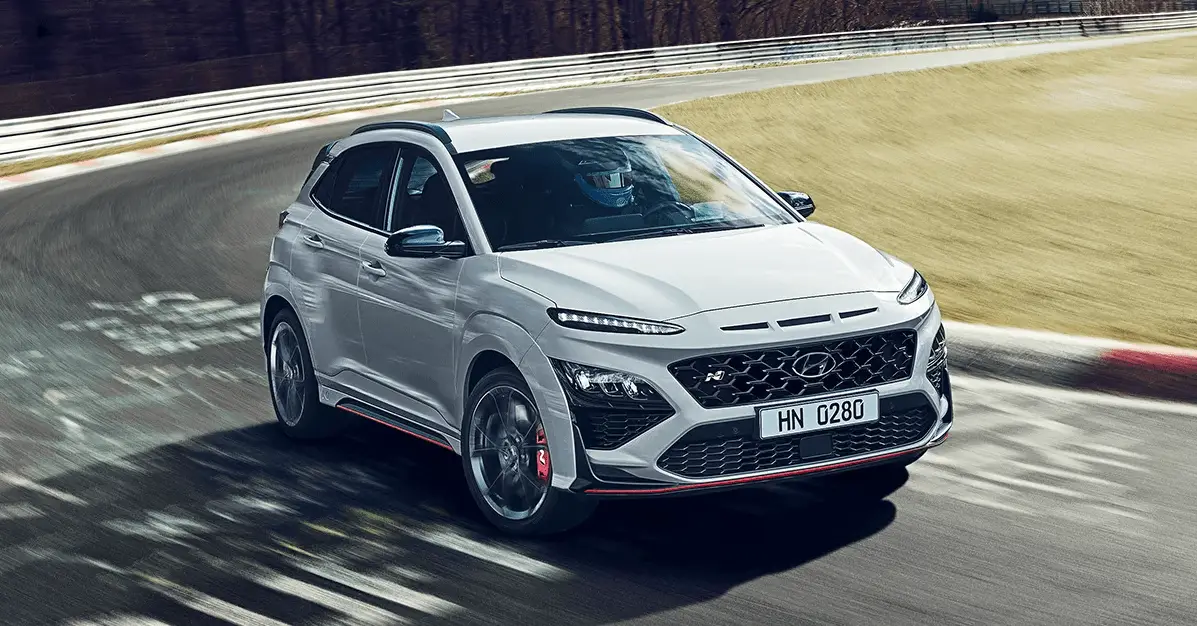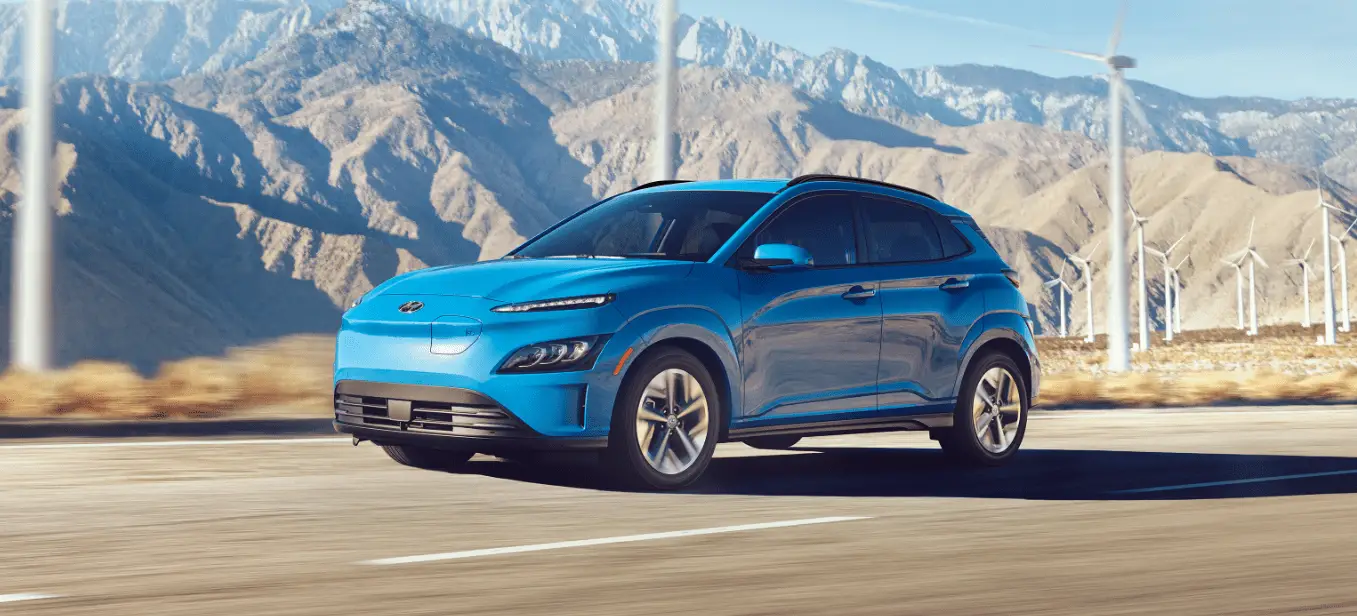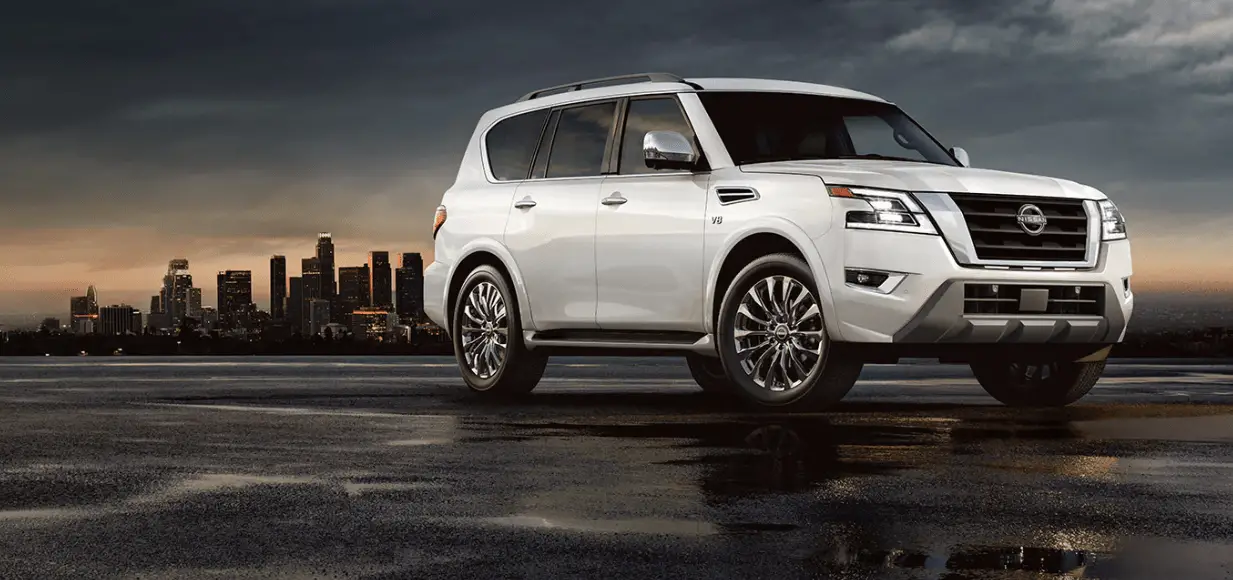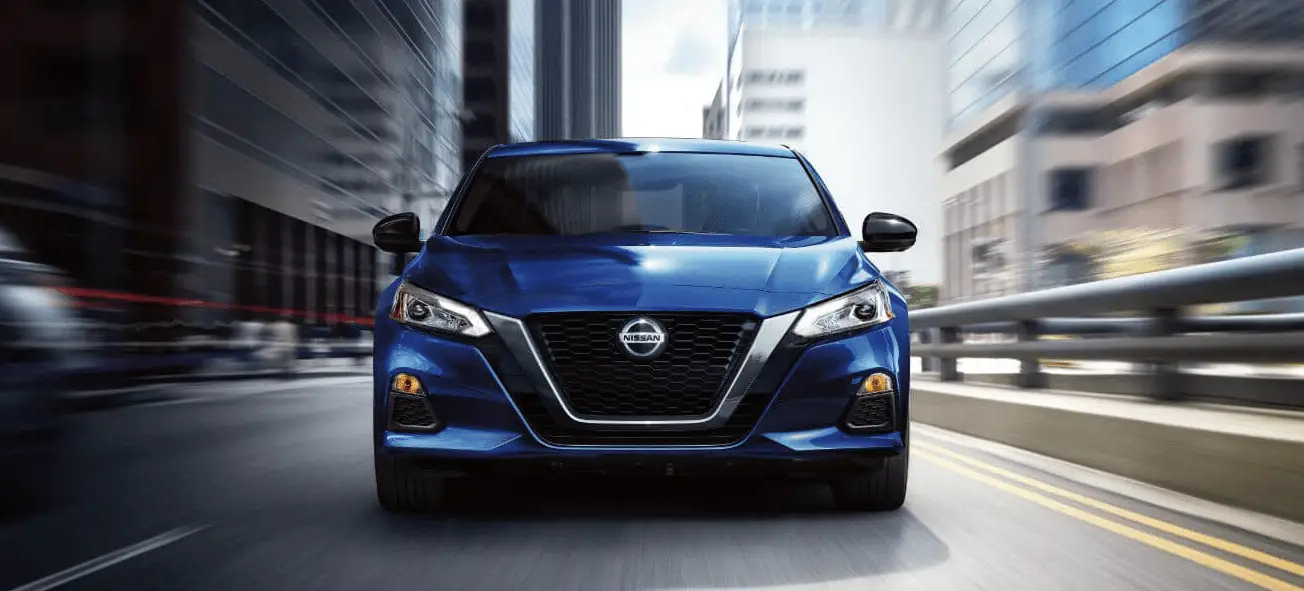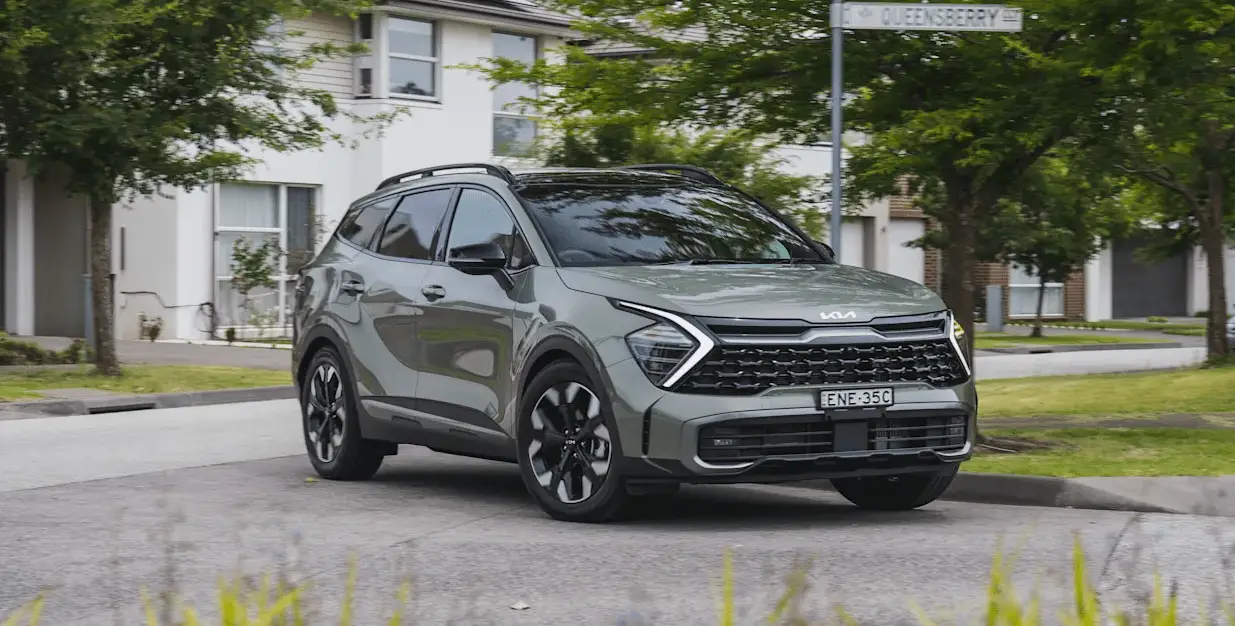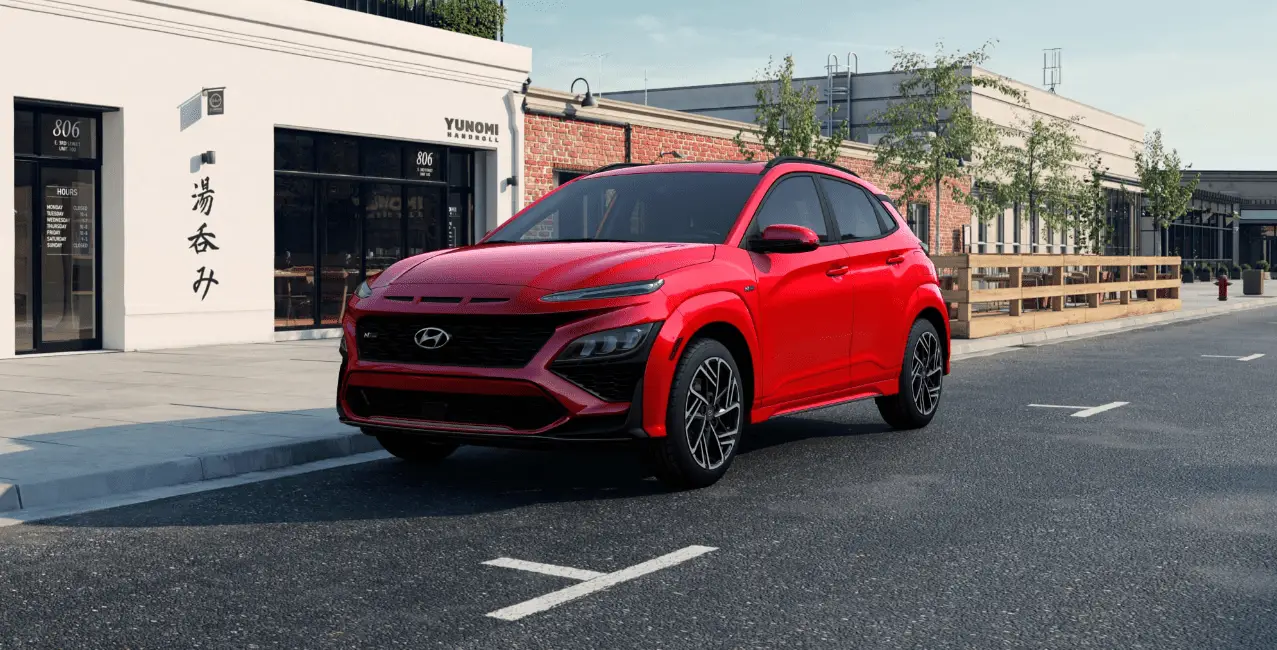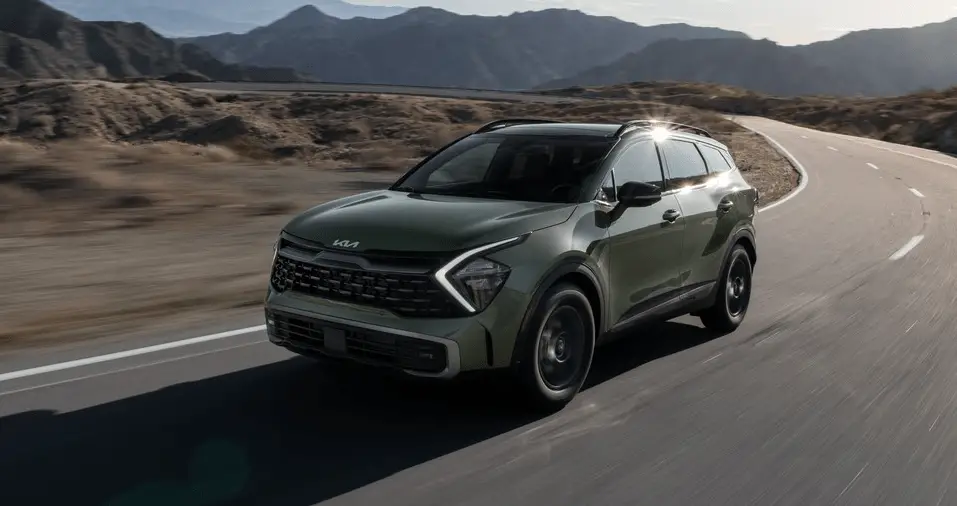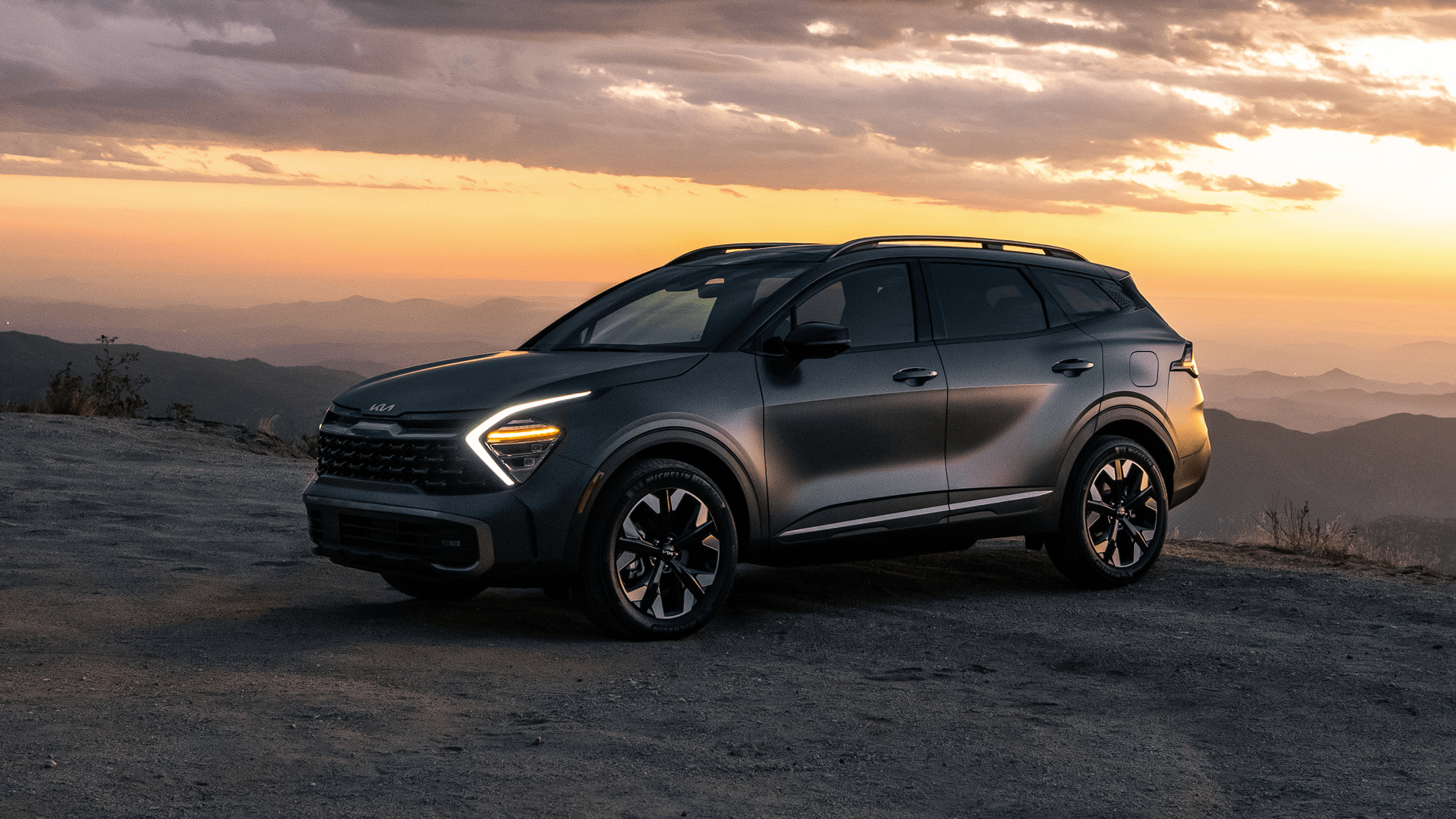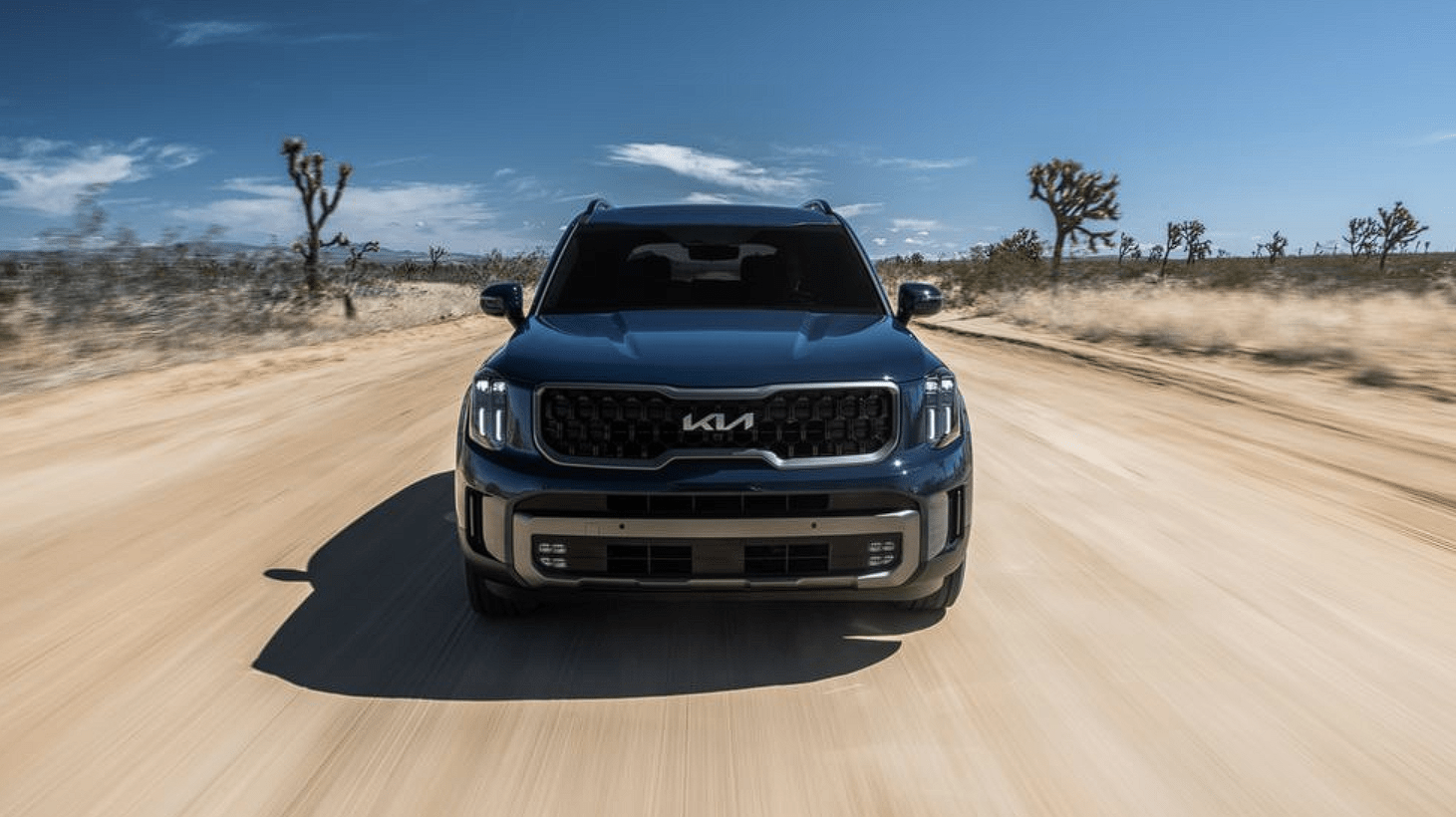Hyundai Kona-N 2023 Explanation of Scheduled Maintenance Items The 2023 Hyundai Kona-N emphasizes the value of careful maintenance and appropriate coolant management, embodying a dedication to both high-performance driving and responsible ownership. The owner’s manual contains a recommended maintenance schedule that includes important jobs like routine tire care, brake maintenance, and oil changes to ensure […]
